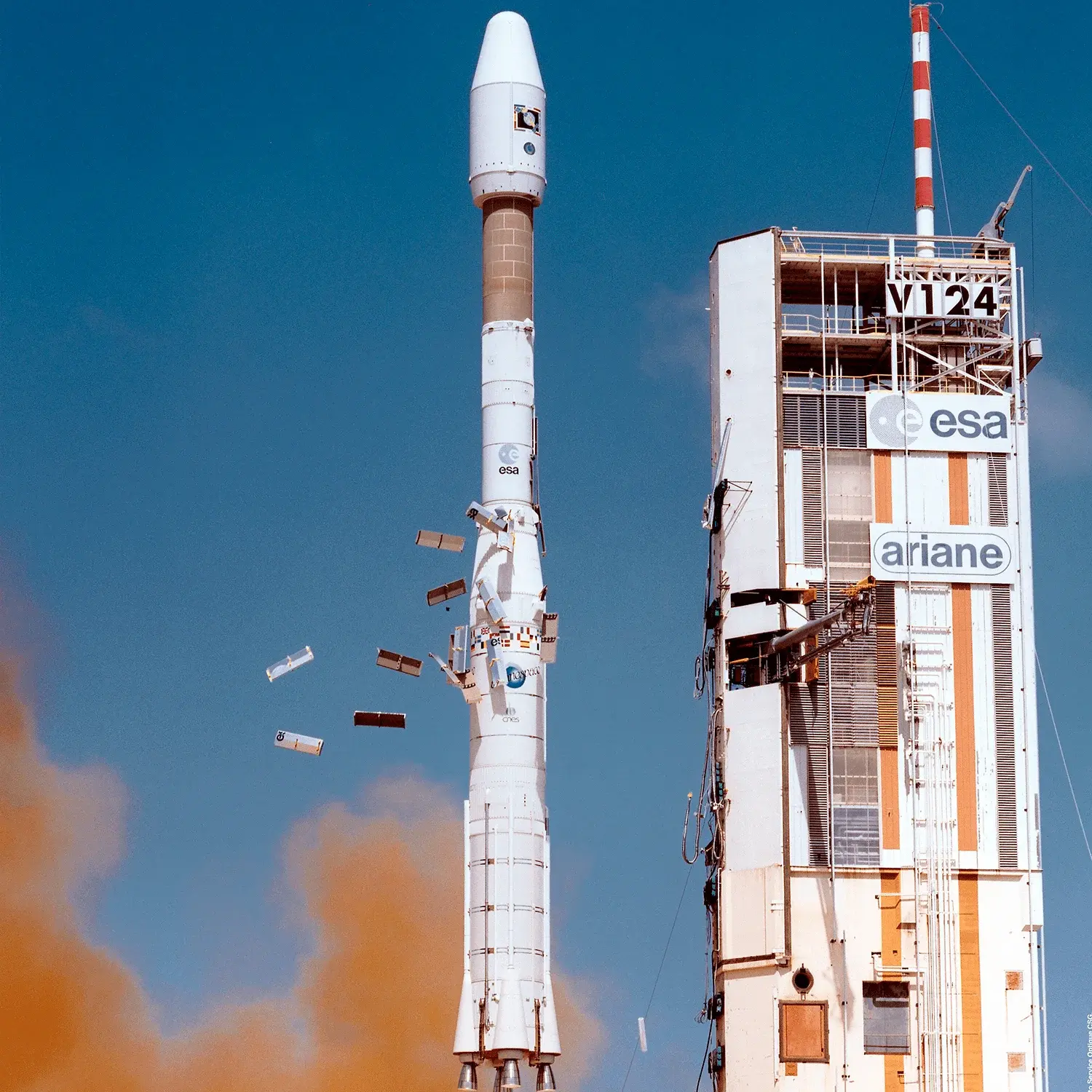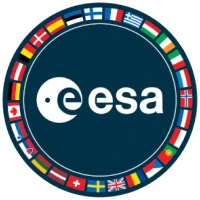Hélios 1A, Cerise, LBSAT-1
Launch Success
Liftoff Time (GMT)
16:23:00
Friday July 7, 1995
Mission Details
Launch Notes
First flight of Ariane 40 with an H10-3 stage. Flight V75.
Hélios 1A
The Hélios program is Europe's military optical reconnaissance system consisting of both a space and a ground segment, which commenced service in 1995, jointly funded by the French, Italian and Spanish governments. The Helios I optical observation satellites, launched in July 1995 and December 1999 respectively, can acquire high-resolution images of any point on the globe, with daily revisit capability. The French Ministry of Defence procurement agency DGA runs the program, retains direct control over the management of the ground segment, and delegates the space segment responsibility to the French space agency CNES. In multinational cooperation, also Belgium, Spain, Italy, and Germany have access to the imagery in exchange for access to COSMOSkyMed and SAR-Lupe radar imagery.
Sun-Synchronous Orbit
1 Payload
2,537 kilograms
Cerise
Cerise (French for "cherry") was a French military reconnaissance satellite. Its main purpose was to intercept HF radio signals for French intelligence services.[1] With a mass of 50 kg, it was launched by an Ariane rocket from Kourou in French Guiana at 17:23 UT, 7 July 1995. Cerise's initial orbital parameters were period 98.1 min, apogee 675 km, perigee 666 km, and inclination 98.0 deg.[1] It was hit by a catalogued space debris object from an Ariane rocket in 1996, making it the first verified case of an accidental collision between two artificial objects in space. The collision tore off a 2.8-2.9 metre (9.2-9.5 foot) portion of Cerise's gravity-gradient stabilization boom, which left the satellite severely damaged.
Sun-Synchronous Orbit
1 Payload
50 kilograms
LBSAT-1
The UPM-LBSat or UPMSat (Universidad Politécnica de Madrid Satellite) is a microsat built by the University of Madrid and CIDE, Spain. The 44 kg (47 kg before separation) satellite was launched on the Ariane-40 H10-3 V75 mission on the 7th of July 1995 alongside Cerise on an ASAP platform, besides the primary payload Helios 1A, a military remote sensing satellite. The orbit is 665 × 675 km inclined at 98.1 degrees. The satellite is box-shaped with dimensions 530 × 450 × 450 mm, generates 30W end-of-life DC power from its four solar panels (three Si, one GaAs), and carries fluid dynamics and micro-gravity payloads. A 200 kHz bandwidth UHF transmitter is also included for communications research. It is attitude stabilized using magnetorquers.
Sun-Synchronous Orbit
1 Payload
44 kilograms
Launch Site
Stats
Ariane 4
47th
Mission
5th
Mission of 1995
European Space Agency
66th
Mission
5th
Mission of 1995
1995
37th
Orbital launch attempt

